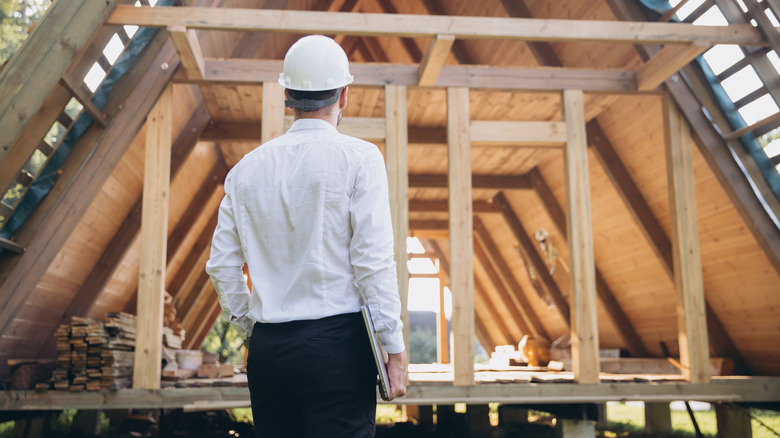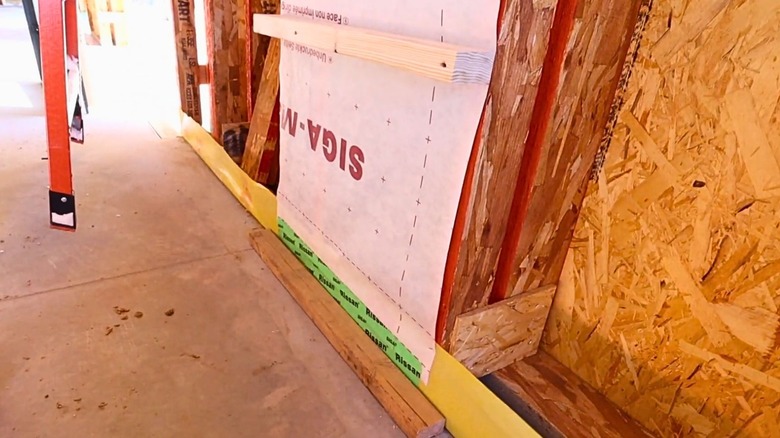Is It Really Worth It To Invest In A Double Stud Wall?
Home owners and builders today are increasingly concerned about ways to help reduce energy costs and create the most comfortable homes possible. One of the most important steps in improving energy efficiency is insulation and overall air sealing, also known as weatherization. There are so many different wall assemblies available today that it's easy to feel lost regarding which is best suited for your property.
A double stud wall solution, for instance, is unrivaled when it comes to insulation from both weather and noise. Though the need for more materials and specialized labor makes it pricier than a standard single wall assembly, you could eventually recoup those costs in energy savings by reducing the need to mechanically control your home's temperature. Even so, and paradoxically, its increased heat and air flow resistance can be problematic for cold climates, since any possible moisture within the structure may take longer to dry.
This construction technique consists of two parallel stud walls placed several inches apart, creating a thick cavity that is then filled with insulating materials, most commonly cellulose. Vapor retarders and waterproof membranes can also be added to prevent moisture from reaching layers vulnerable to water damage. After plywood sheathing on each stud wall, the structure is then completed by siding on the exterior side of the exterior wall and drywall on the interior side of the interior wall. With single walls, you only get two layers (the wall and the exterior insulation), whereas here, the interior wall provides an extra layer that can be crucial to ensure your home insulation is performing at its best. There is such a thing as too much insulation, however.
Understanding the major downside of double stud walls
The amount of insulating layers in a double wall structure means its R-value, or its ability to resist the flow of heat, is very high. In fairness, a high R-value is, normally, what you want from your home's thermal envelope (its insulation system), because it means inside heat isn't escaping during the winter, and outside heat isn't creeping in during the summer. However, low heat flow also means that if moisture from condensation or an eventual leak builds up within the various layers of a double stud wall, it will take much longer to dry, and could potentially lead to mold growth and rotting.
To avoid mold growing inside of walls, you need to invest in higher quality materials and systems that will both prevent leaks and promote air flow, such as ventilation, dehumidifiers, and rainscreens. Of course, all of this can only be achieved if you also invest in the highly qualified professionals that can get the job done. This, in turn, translates into a significant cost increase compared to an externally isolated single wall system. In fact, building science consulting firm ASIRI Designs estimates that a 2x6 double stud wall is 130% pricier than a typical 2x6 single wall assembly, and this without accounting for labor costs.
If you live in a particularly cold or rainy area, double stud walls may not be the best solution for your home. Even if you're prepared to spend money on all the necessary precautions, condensation and moisture build-up can still become serious problems down the line. Even the best built homes age, and even the highest performing materials have an expiration date.

